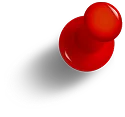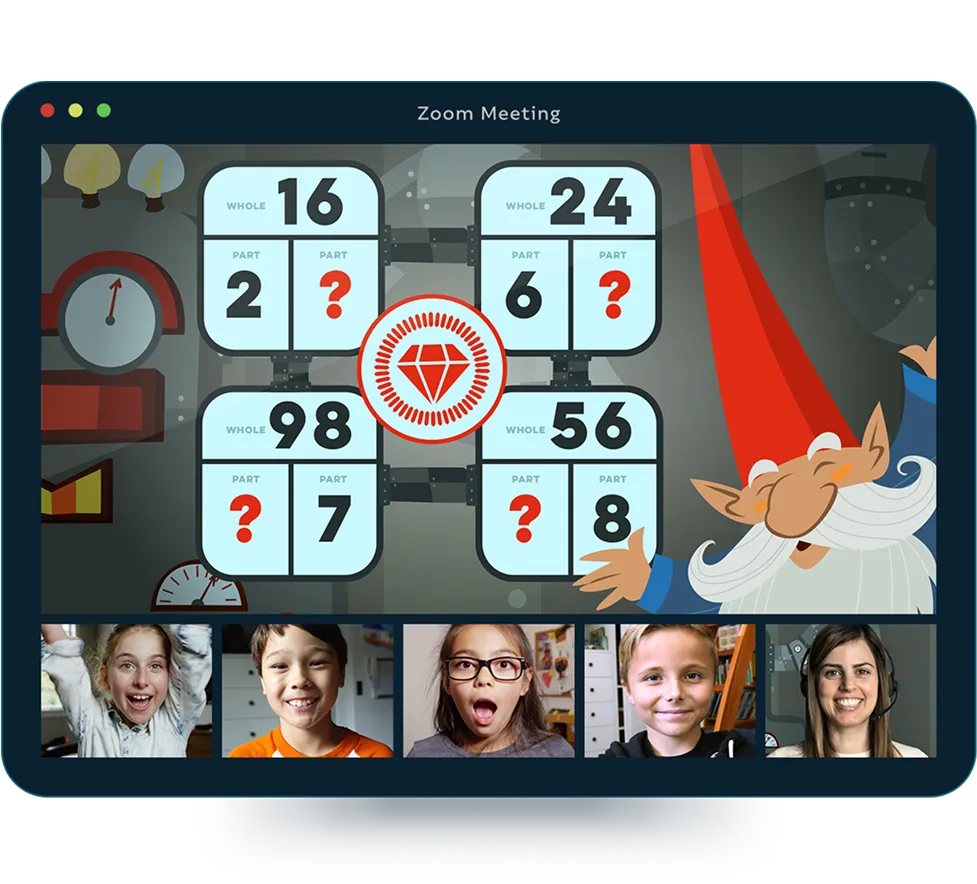From "I Can’t" To "I Get It"!
- Live teachers, never AI
- Small-group, grade level zoom classes
- Story-based, engaging curriculum
- Boosts critical thinking and can-do confidence
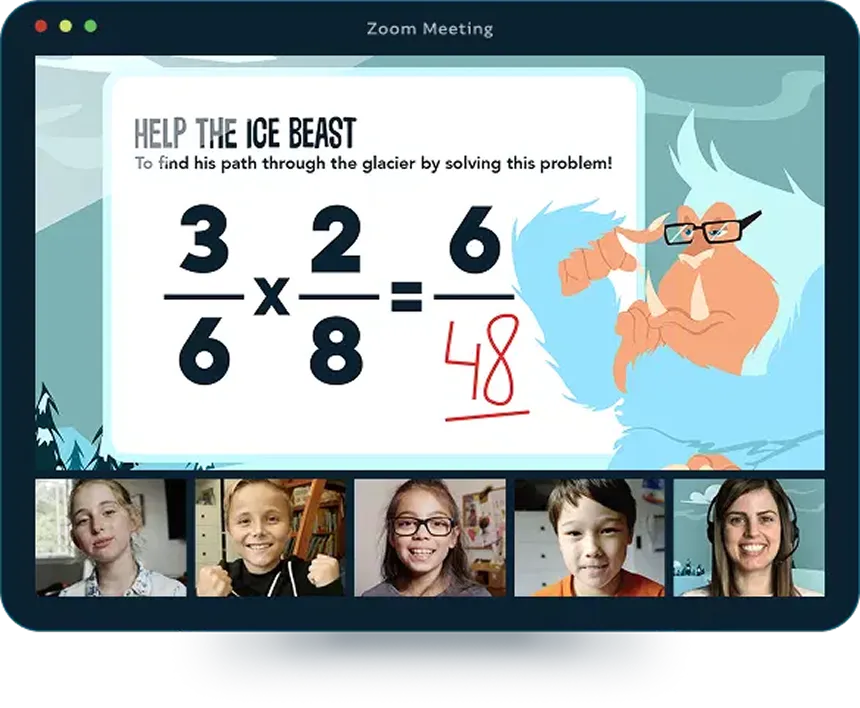





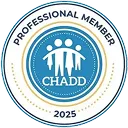
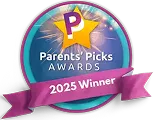








Proven Results
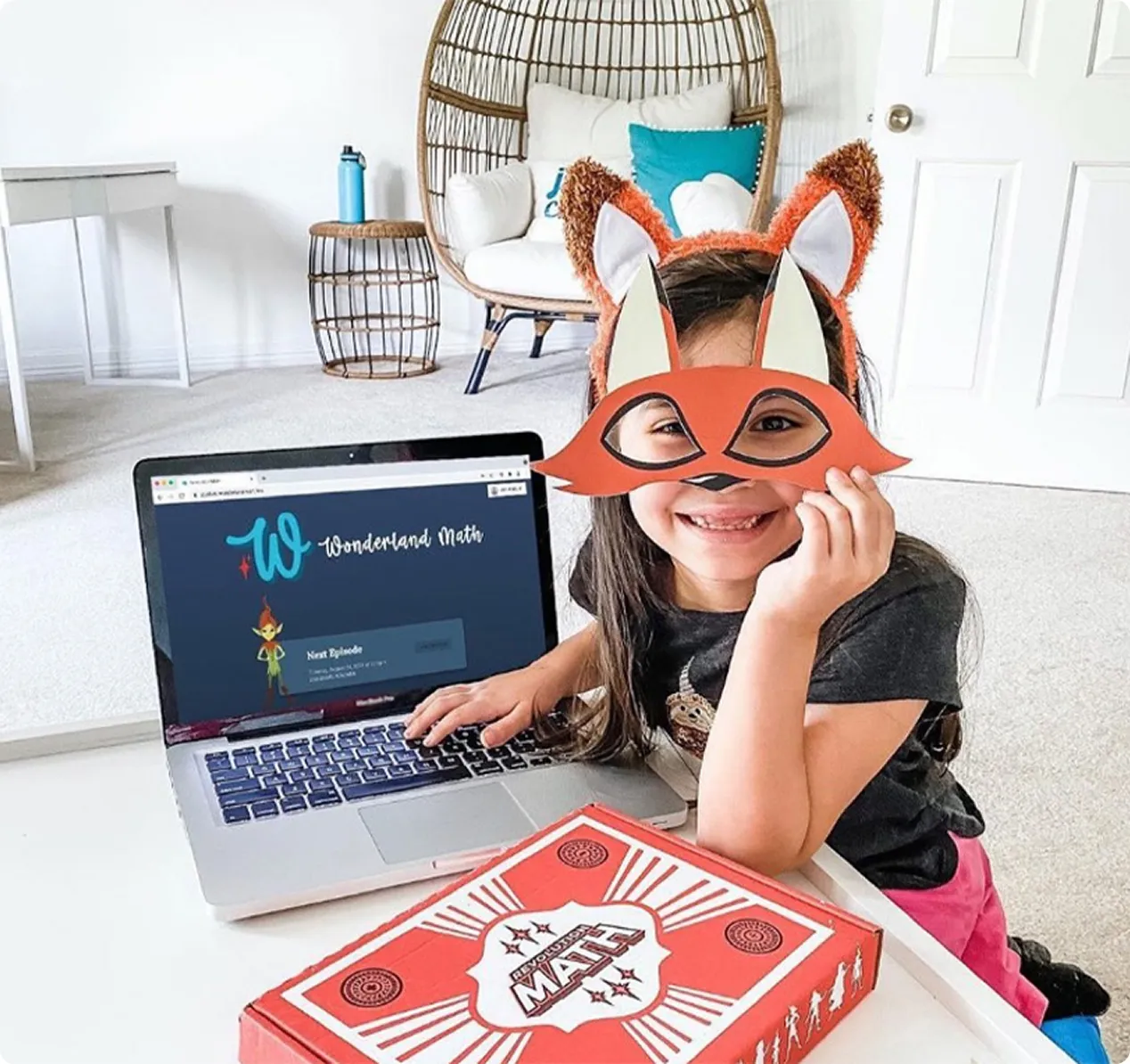






Why Does Wonder Math Work?
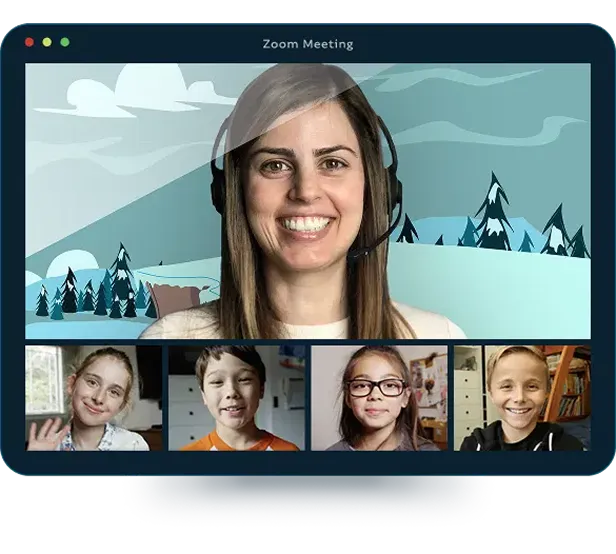
Top 1% of Teachers
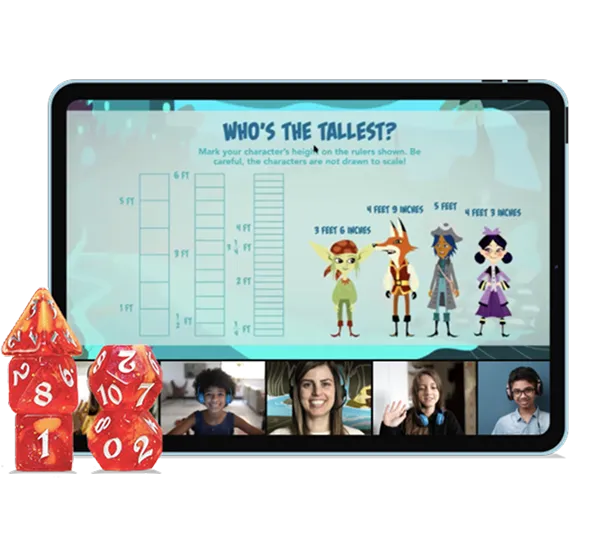
Pre-Teaching Focus
This combination of early exposure, reinforcement and reduction in math anxiety leads to higher grades and enthusiasm.
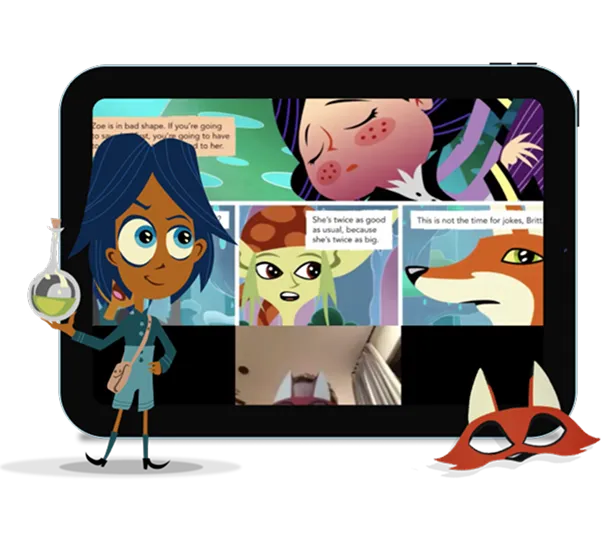
Story-Driven Active Learning

Build Lifelong Confidence
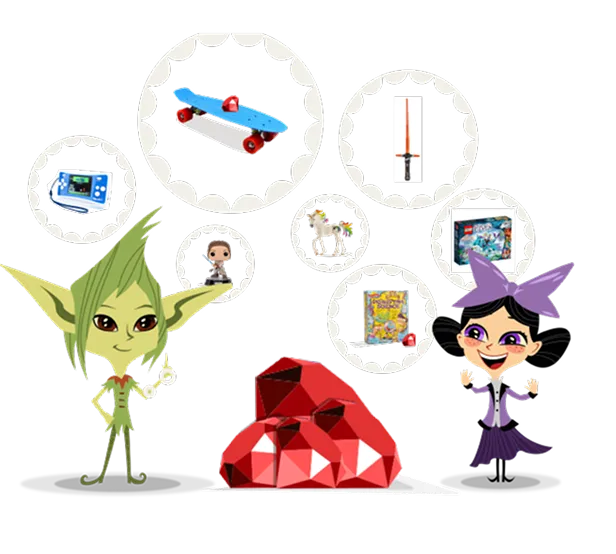
Incentivized Learning
How Does Wonder Math Compare?

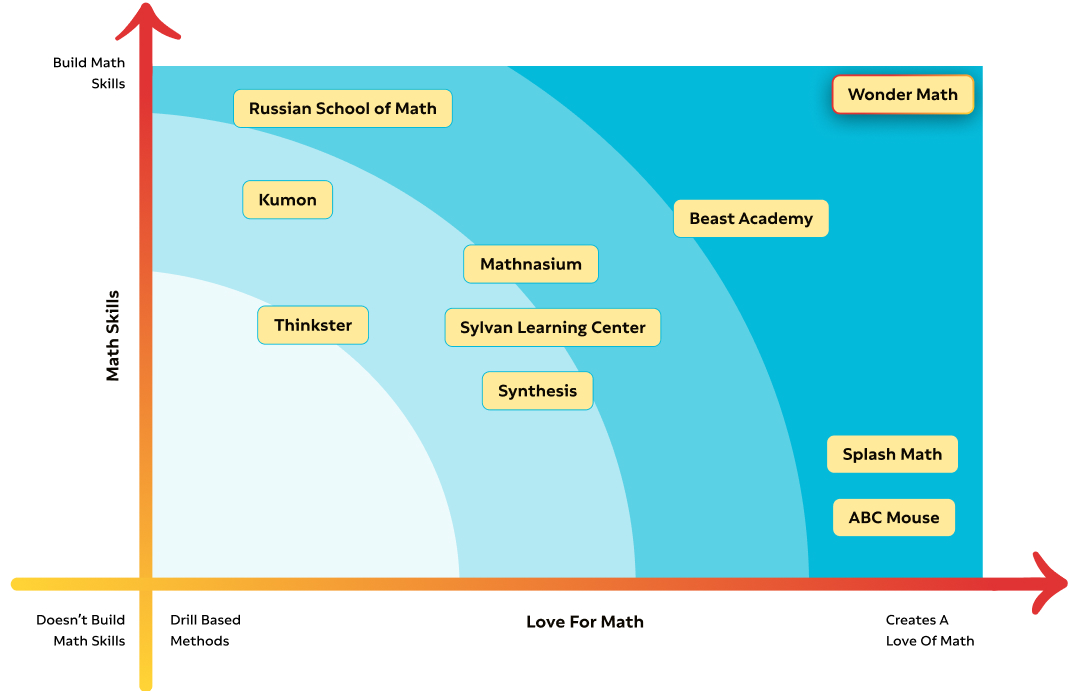
Parents Are Talking About Wonder Math
A Curriculum for Mastery and Mindset
Our curriculum focuses on building deep understanding, not just memorization
2nd Grade Concepts Covered
Operations and Algebraic Thinking
.svg)
Solving word problems using addition and subtraction
.svg)
Using number lines to reinforce understanding
Number and Operations in Base Ten
.svg)
Using manipulatives to visualize hundreds, tens and ones.
.svg)
Learning to compose, and decompose numbers (e.g., 345 = 300 + 40 + 5).
.svg)
Practicing expanded form
.svg)
Learning the properties of numbers
.svg)
Addition and subtraction strategies (regrouping and borrowing)
Measurement and Data
.svg)
Learning to measure, and estimate lengths
.svg)
Beginner graphing skills: Analyzing data on charts, tables and graphs
.svg)
Beginner time and money skills
Geometry
.svg)
Learning to recognize 2D and 3D shapes by their attributes.
.svg)
Dividing shapes into fractions
.svg)
Identifying symmetrical shapes and create patterns
.svg)
Learning perimeter, area and volume
3rd Grade Concepts Covered
Operations and Algebraic Thinking
.svg)
Learning properties of multiplication and division
.svg)
Learning relationships of fact families
.svg)
Identifying patterns such as skip counting, multiplication tables and divisibility rules.
Number and Operations in Base Ten
.svg)
Practice recognizing values of numbers based on position
.svg)
Complete addition and subtraction problems accurately
.svg)
Learning how to borrow and carry
.svg)
Learning to align problems correctly to avoid errors in place value
Number and Operations—Fraction
.svg)
Learning the relationship between fractions and a whole number
.svg)
Understanding definitions of the parts of a fraction
.svg)
Learning the bridge between fractions and division.
Measurement and Data
.svg)
Practicing time intervals, comparing volumes, and estimating weight.
.svg)
In depth learning to organize and analyze data on charts, graphs, and tables.
.svg)
Practicing critical thinking and problem solving skills based on that data.
.svg)
Focusing on area, perimeter, and spatial relationships.
Geometry
.svg)
learning more in-depth about symmetry, angles, sides, and dimensions.
.svg)
Identifying the relationships between properties within shapes
.svg)
Applying problem solving skills
4th Grade Concepts Covered
Operations and Algebraic Thinking
.svg)
Continuing practice on math problems of all four operations.
.svg)
Learning about factors and multiples, and practicing patterns and sequences.
.svg)
Understand factors, multiples and patterns
Number and Operations in Base Ten
.svg)
Decomposing numbers and using those skills for mathematical reasoning problems.
.svg)
Practicing reconstructing numbers, and performing multi-digit math problems.
.svg)
Continuing to practice place value
.svg)
Learning the properties of numbers
.svg)
Addition and subtraction strategies (regrouping and borrowing)
Number and Operations—Fractions
.svg)
Comparing fractions and building and combining fractions using unit fractions.
.svg)
Learning about decimals and their relationship to fractions
Measurement and Data
.svg)
Using tools to measure length, height and volume of different objects.
.svg)
Gathering data and placing it on charts, graphs and tables
.svg)
Analyzing the data to make predictions or draw conclusions.
Geometry
.svg)
Learning about types of lines, and angles, and practicing drawing them
.svg)
Identifying lines, and angles in various activities.
.svg)
Continuing to identify shapes
5th Grade Concepts Covered
Operations and Algebraic Thinking
.svg)
Using numerical expressions from real world situations and turning them into word problems
.svg)
Breaking down expressions into components, and creating their own expressions.
Number and Operations in Base Ten
.svg)
Practicing all four operations of multi-digit numbers
.svg)
Using place value and regrouping skills.
.svg)
Working with decimals to the hundredths to compare money and measurements.
Number and Operations—Fractions
.svg)
Drawing fraction bars, number lines, and pie charts to find equivalent fractions.
.svg)
Solving problems to convert fractions to common denominators
.svg)
Appling multiplication and division strategies to solve word problems.
Measurement and Data
.svg)
Interpreting surveys and graphs or other story problems to analyze data.
.svg)
Practicing finding the volume of shapes using blocks
.svg)
Finding the formulas for cubes and rectangular prisms.
Geometry
.svg)
Plotting points on graphs
.svg)
Analyzing and looking for patterns to make predictions and conclusions.
.svg)
Looking at geometric shapes to categorize shapes into groups.
6th Grade Concepts Covered
Ratios and Proportional Relationships
.svg)
Comparing quantities, and solving problems based on prices per unit.
.svg)
Using ratio graphs tables and double number lines to make informed choices
.svg)
Learning to analyze travel time based on speed and distance.
The Number System
.svg)
Manipulating fractions to compare and identify equivalent fractions.
.svg)
Learning to identify rational numbers on a number line
.svg)
Practiving dividing fractions.
.svg)
Learning the properties of numbers
.svg)
Addition and subtraction strategies (regrouping and borrowing)
Expressions and Equations
.svg)
Performing mathematical operations with variables
.svg)
Solving linear equations and inequalities
.svg)
Performing multi-step problems and isolating variables.
Geometry
.svg)
Calculating the area of 2D shapes
.svg)
Finding the surface area of 3D shapes.
.svg)
Finding the volume of 3D shapes
.svg)
Working on real-world problems finding surface area and volume.
Statistics and Probability
.svg)
Collecting data and creating graphs such as histograms and box plots.
.svg)
Visualizing data and calculating mean, median, mode, and range.
.svg)
Comparing data sets
.svg)
Learning basic statistical variability skills.
7th Grade Concepts Covered
Ratios and Proportional Relationships
.svg)
Plotting data on a graph to see if straight lines go through an origin to confirm proportionality
.svg)
using tables to see how quantity changes affect each other.
.svg)
Learning to predict the outcome, and practice ratios.
.svg)
Comparing quantities and proportions.
The Number System
.svg)
Solving problems with addition, subtraction, multiplication and division.
.svg)
Working with fractions and integers to calculate change, compare quantities and work with fractions.
Expressions and Equations
.svg)
Simplifying expressions by combining like terms
.svg)
Rewriting the expressions into simpler forms.
.svg)
Solving equations and inequalities
.svg)
Practicing the different properties of expressions (commutative, associative and distributive).
Geometry
.svg)
Creating geometric shapes and diagrams
.svg)
Explaining characteristics of shapes and analyzing how different shapes interact.
.svg)
Calculating area of walls, volume of containers
.svg)
Creating connections between changing dimensions of shapes and how it affects area and/or volume.
Statistics and Probability
.svg)
Gathering data and making predictions using probability
.svg)
Finding the likelihood of events occurring using data and comparing groups of information.
.svg)
Developing critical thinking skills
.svg)
Using Mean, median, mode and range data spreads
Meet a Few of Our Teachers
Discover the passionate educators who make math exciting and accessible

Caitlyn has made fractions, ratios and decimals come to life for Ellie. More importantly, she has helped her learn that working through hard things is something to be proud of not run away from
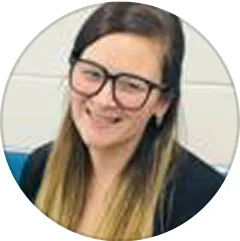
Dr. Caitlyn is passionate about 4th and 5th graders and ensuring kids have a Growth Mindset around math. She believes that solidifying student’s foundational learning and love of math is crucial to their ability to find success in math majors, professions and careers.

Ashley has been teaching math for over 9 years. She is inspirational and unique in her ability to really bring math to life and make it fun. Ashley’s superpower is the ability to taking topics and subjects that kids found painful and make them enjoyable and conquerable.

Frankie always told me that he didn’t like math. Ashley completely changed that in a way I never could!

Having your third grader tell you that ‘they just aren’t a math kid’ is hard. Talitha completely turned this around for us. Elah feels so much more competent and capable in just 2 months.

Talitha has taught math for 17 years, from elementary to Pre-Calculus, but her favorite topic is Algebra and Algebraic Thinking. She is passionate and committed to making sure her students build a math mindset and critical thinking skills. She feels that understanding math concepts, rather than just doing worksheets and practice problems, is the first step to helping all kids love math.

Domenica is an expert in making sure kids can understand and manipulate concepts that were previously difficult. She is committed to creating life long math learners and feels that these foundational skills are core to future growth, success and knowledge. She loves that Wonder Math helps kids love math and feel confident in being great at math.

Domenica has helped Ari learn to love math. Homework time used to be something that I, as a parent dreaded. That doesn’t happen anymore. I am eternally grateful.

Heather is an awesome teacher. My kids love her and I just breathe a sigh of relief that she is really on top of making sure they are excelling at math
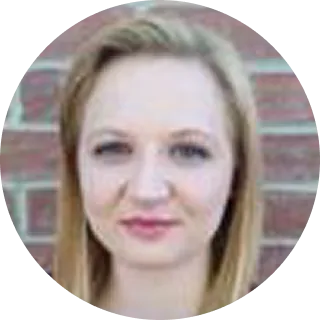
Heather has been teaching at Wonder Math for 6 years. She is passionate about making math approachable and practical and helping students use it in real life. She feels that Wonder Math helps bring math to life which is what makes kids love math and finally see how it is relatable to their real lives.
FAQs
Everything you need to know about Wonder Math
What results can I expect?
The success of our students is important to us, so we customize class schedules based on a variety of learning styles to achieve optimal results. While each child is unique, all students will develop a firm grasp of the fundamentals of math and become more engaged and self-confident in school.
What if my child misses a class?
We encourage students to attend all classes for their benefit as well as their squad mates, however, we understand life happens. If your child can’t attend a class, please reach out to your instructor to discuss any material they may have missed.
Where are classes hosted online?
We utilize the Zoom platform; the interactive, face-to-face platform allows us to include a shared whiteboard, educational tools, and a customized curriculum. It’s completely secure and only accessible through your account information. Your child will have the opportunity to learn in a live classroom setting, all from the comfort of your home.
If my child is not in grades 2-7, can they still enroll?
Our curriculum is common core aligned for students in grades 2-7, but if you feel your student can still benefit from our program we’re happy to discuss your individual needs further! Shoot us an email at info@wondermath.com.
What are gems?
Gems are the Wonder Math currency. Students can earn gems through the math games in each session and by leveling up. Leveling up occurs once students have accumulated enough points through math games, gained mission ranks, achievements and efforts. Students will continue to collect gems until they have enough to redeem them for their desired prize in the Rewards Store.
Who are the Wonder Math Teachers?
We only hire 1% of teacher applicants. That’s because they have your child’s education in their hands—and nothing is more important. Our teachers are full-time educators who are inspired, passionate, caring, and experienced. This isn’t just a job for them—it’s their career. They will go the extra mile to make sure your child is having fun in each session, and are 100% committed to their academic and personal development. Because they teach full-time, our instructors are constantly improving and gaining more experience. Our teachers have thousands of hours of experience, and still recognize that they can always get better.
How are the Wonder Math teachers trained?
At Wonder Math, we are committed to having the most exceptional and inspiring teachers. We begin by selecting only the top 1% of credentialed educators who apply to join our team. Each teacher is deeply familiar with Eureka Math and Singapore Math—the foundations of our curriculum—and is trained to integrate these approaches seamlessly into their lessons.
Our educators also receive specialized training in Carol Dweck’s Growth Mindset philosophy, ensuring they not only teach math skills but also foster resilience, curiosity, and a love of learning. Through ongoing professional development, we help our teachers continuously refine their practice, combining strong math instruction with mindset development.
Finally, we believe that math should be joyful. Our teachers design engaging games, activities, and lessons that make math come alive—helping students build confidence, see their progress, and truly love the subject.How much does Wonder Math cost?
Wonder Math is $99/month if you select the once/week program and $189/month if you select the twice/week program.
How long is each class?
Each class is an hour once or twice per week.
Our Pricing









